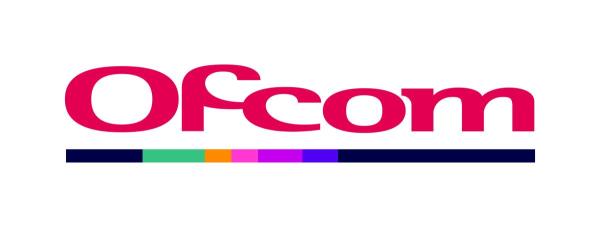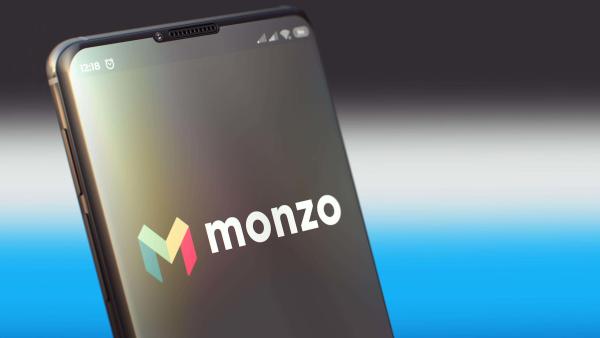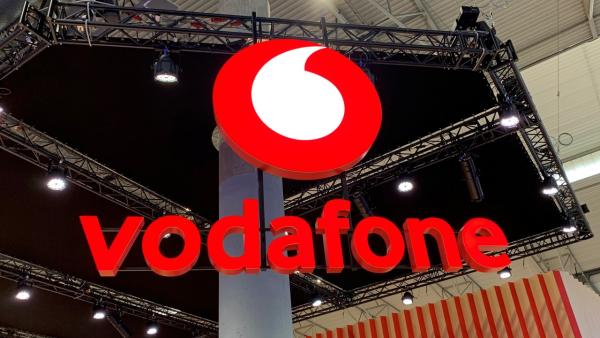
Written by Nick Wood for Telecoms.com
UK incumbent BT has the UK delivery sector in its sights with its new IoT national roaming SIM.
Launched on Thursday, it can connect to cellular networks ranging from 2G right the way up to 5G from any of the country’s mobile operators. It is also compatible with low-power wide-area networks (LPWAN).
BT would of course prefer it if customers connected primarily to mobile arm EE’s network. It didn’t waste the opportunity to remind everyone that it recently extended 5G coverage to 500 smaller locations, and plans to blanket the entire UK landmass by 2028. But, if EE’s network really isn’t available, then customers will be able to roam onto one of its rivals’ networks. The advantage to BT is that it has an opportunity to own the customer, even if Vodafone, O2 or Three is the one carrying the traffic.
As well as the network, BT’s national roaming IoT SIM offers a secure management portal to help customers keep track of their connected devices.
“Businesses across the UK are increasingly understanding the benefits of using IoT devices in running their operations. And now, with the unveiling of our IoT national roaming SIMs, we’re making sure those connections stay strong no matter where business takes you,” said Marc Overton, managing director of BT’s Division X, in a statement. “Whether in the heart of a bustling city or out in the countryside, our solution ensures data is transmitted quickly and reliably. We’re excited to help both our existing and new customers fully harness the power of their smart devices with lightning-fast mobile connectivity.”
While businesses in any industry can avail themselves of BT’s new IoT SIM service, the telco reckons courier and delivery companies in particular will benefit. This is because the improved geographic coverage that comes with roaming will give them more consistent and reliable access to the information they need, when they need it. This includes things like changes to the delivery schedule, and temperature monitoring of refrigerated vehicles, and so-on.
It’s not a bad idea, taking aim at the courier and express delivery market. According to a report published last year by consumer research firm Mintel, 72% of UK adults took delivery of a package from a courier in 2021. It expects the market to grow by 21 percent between 2022 and 2026, by which time it will be worth £18.5 billion.
Meanwhile, according to Logistics UK’s most recent Logistics Report, the sector – which includes air and maritime freight as well as road – contributes £139 billion gross value add to the UK economy. In addition, at the end of 2021, there were 265,000 HGV drivers in the UK, and together they spent nearly a billion hours stuck in traffic jams, costing the economy £8 billion. Issues like congestion are compounded by rising fuel prices and carbon emission reduction targets. Leveraging connectivity for applications like on-the-fly route optimisation, for example, could potentially alleviate some of those pressures.
Click here to read the original article.









